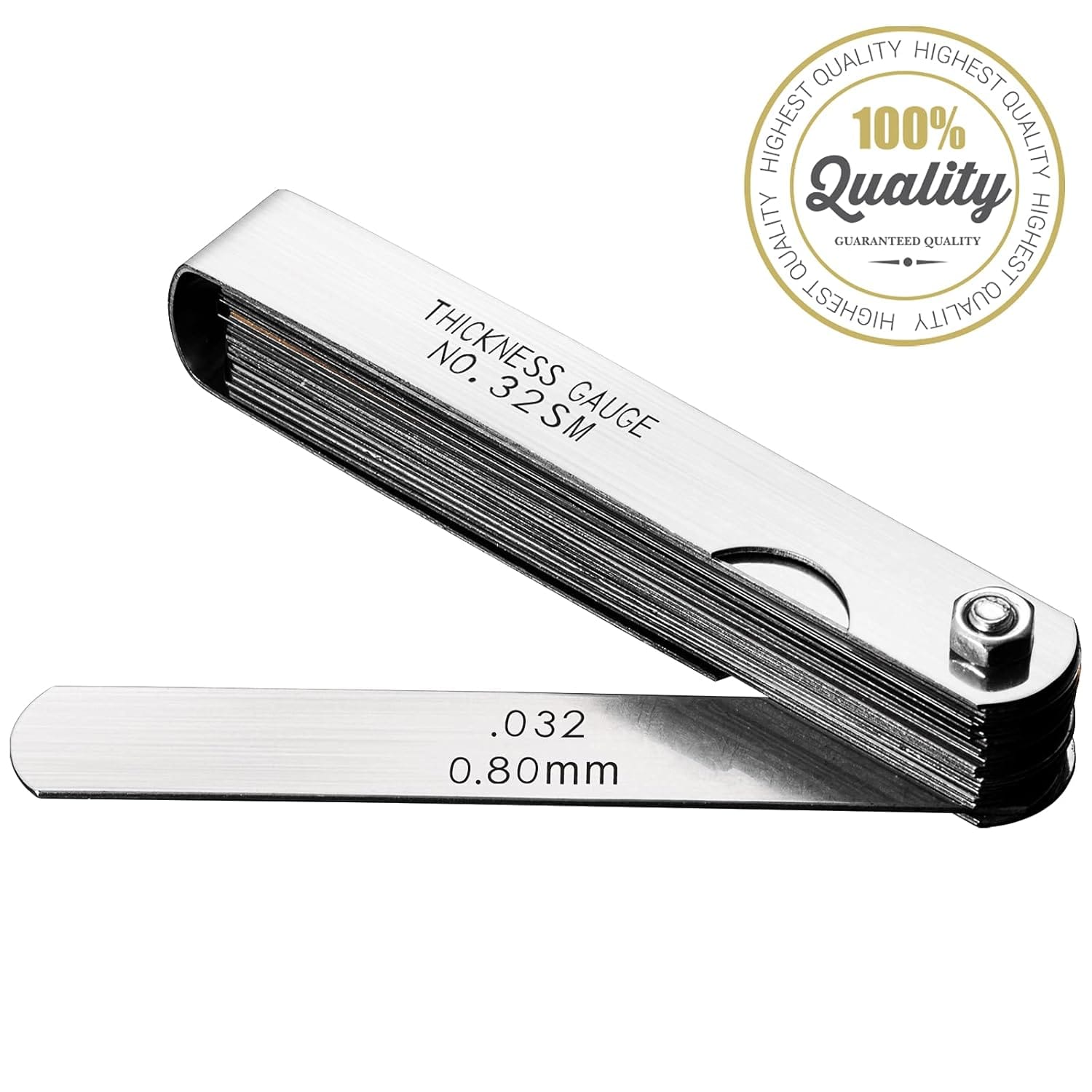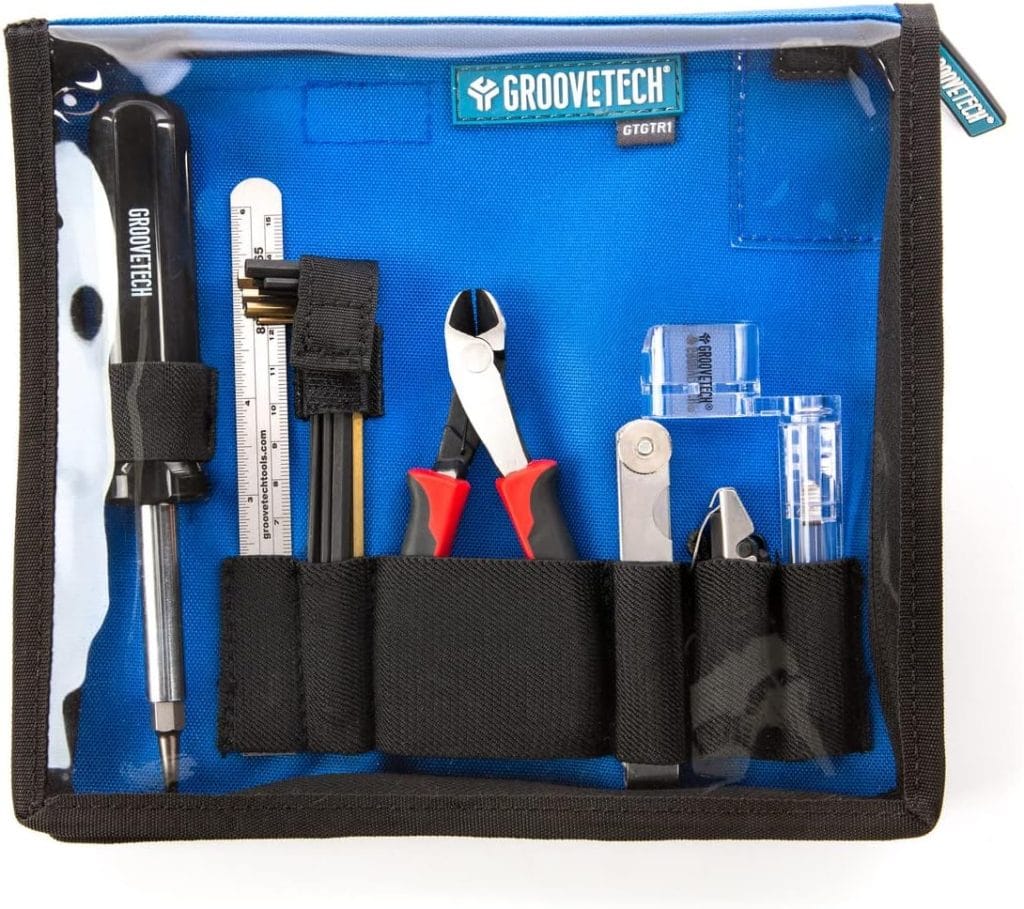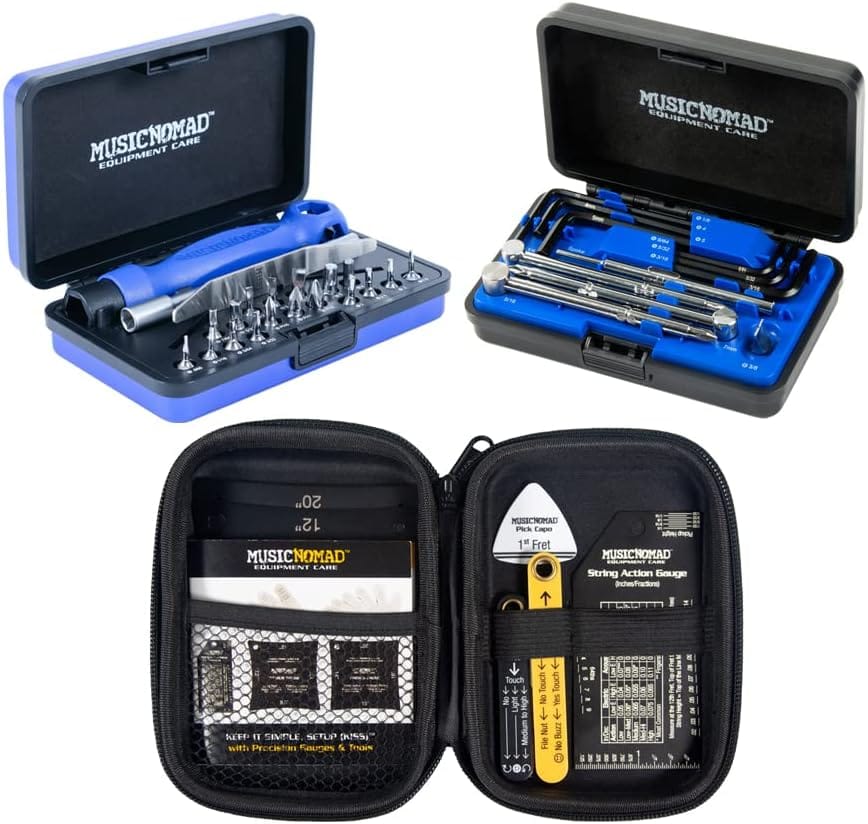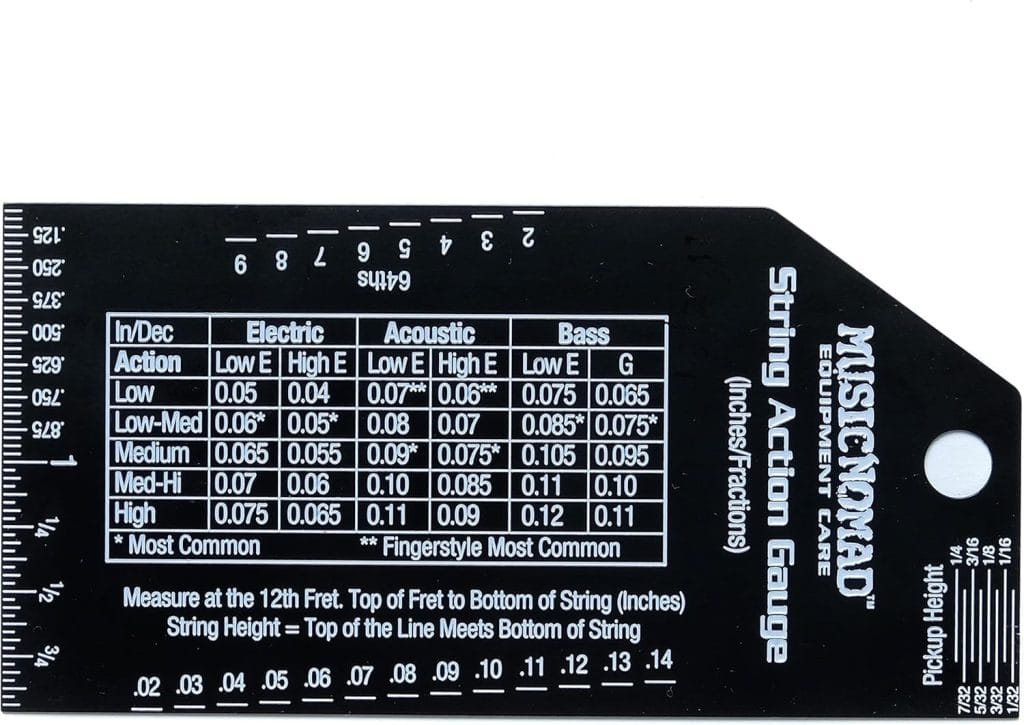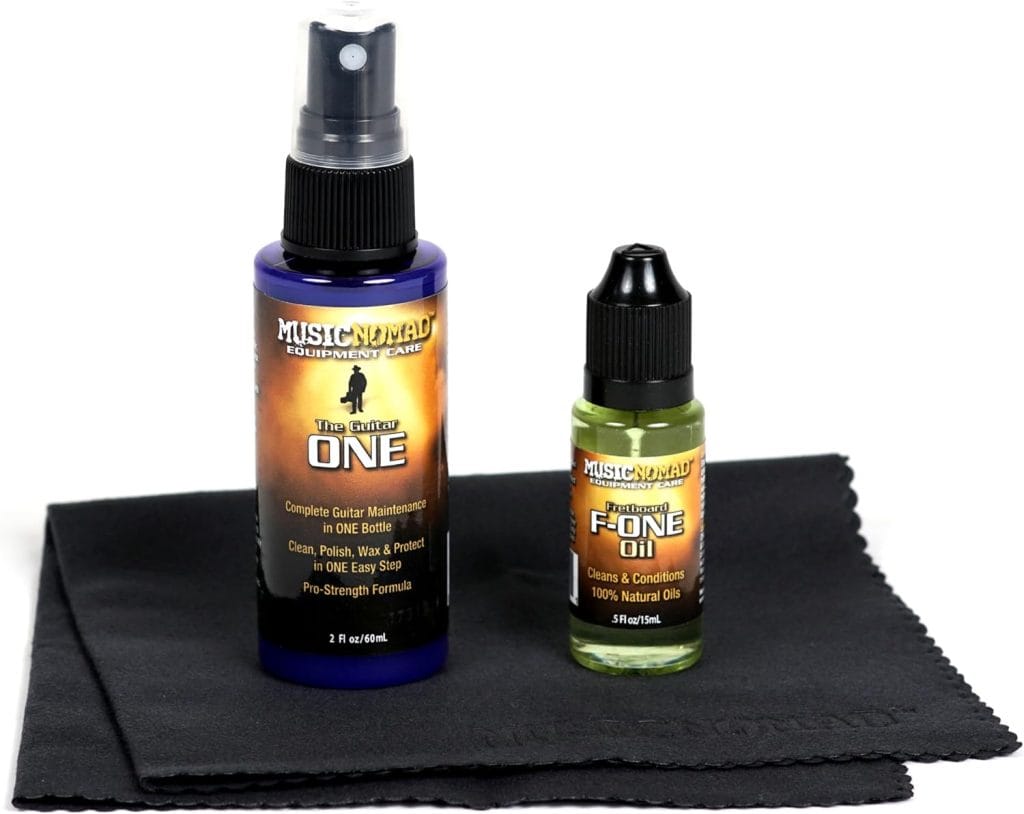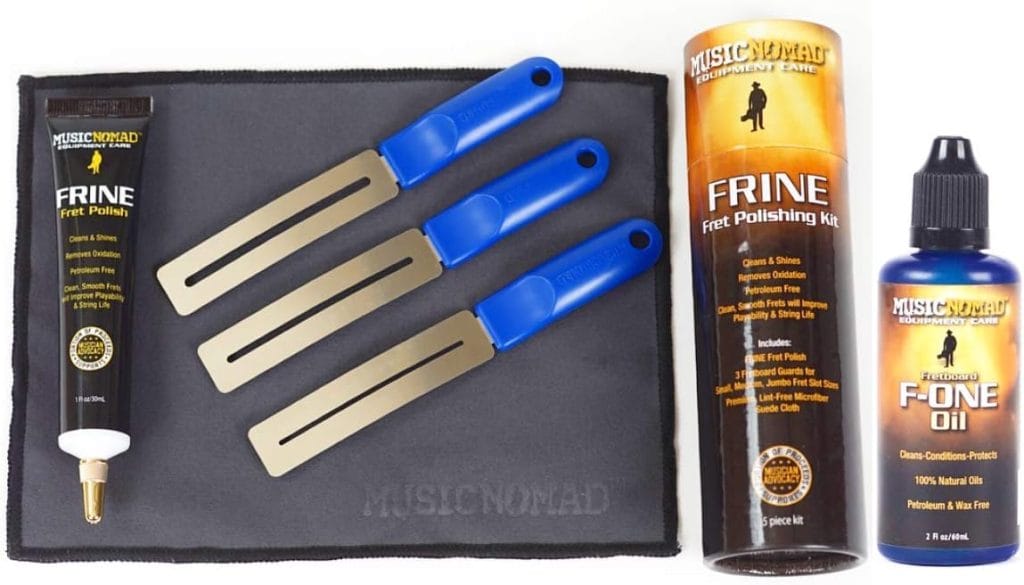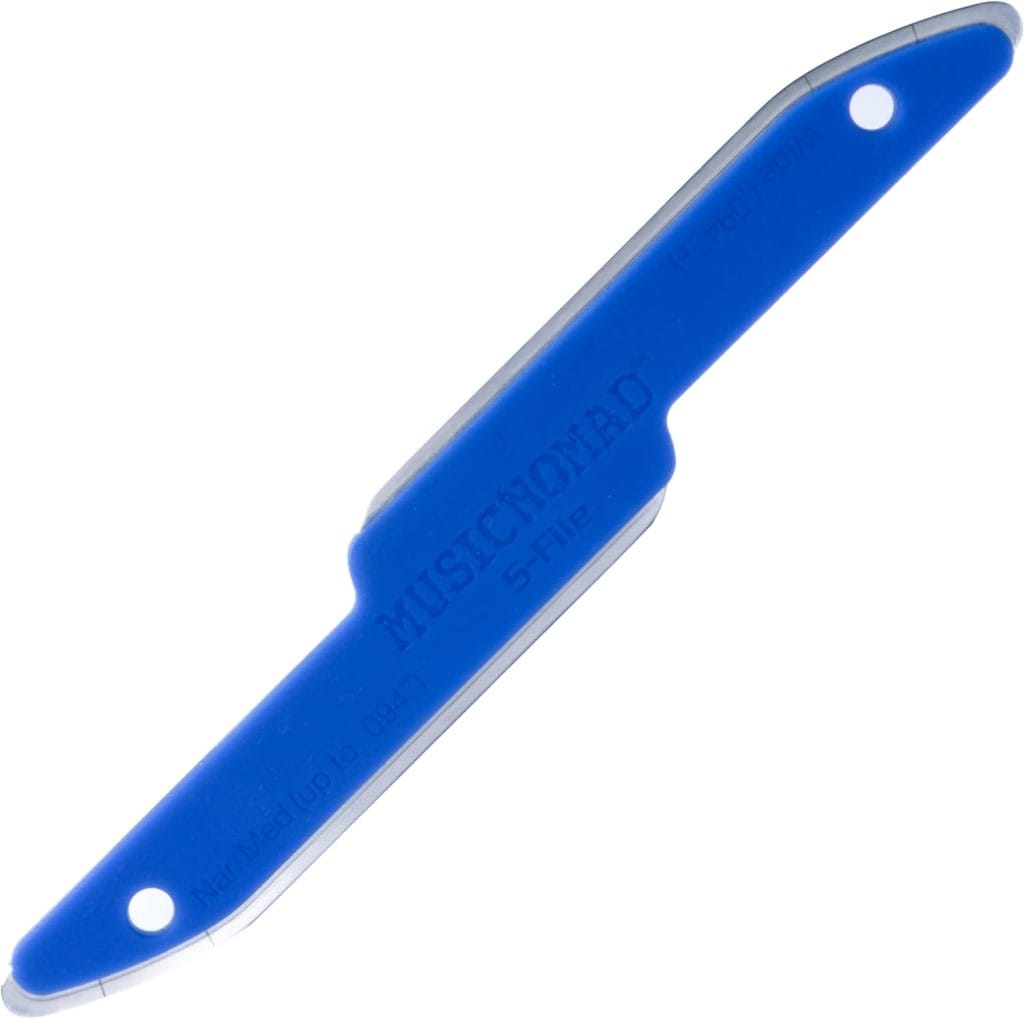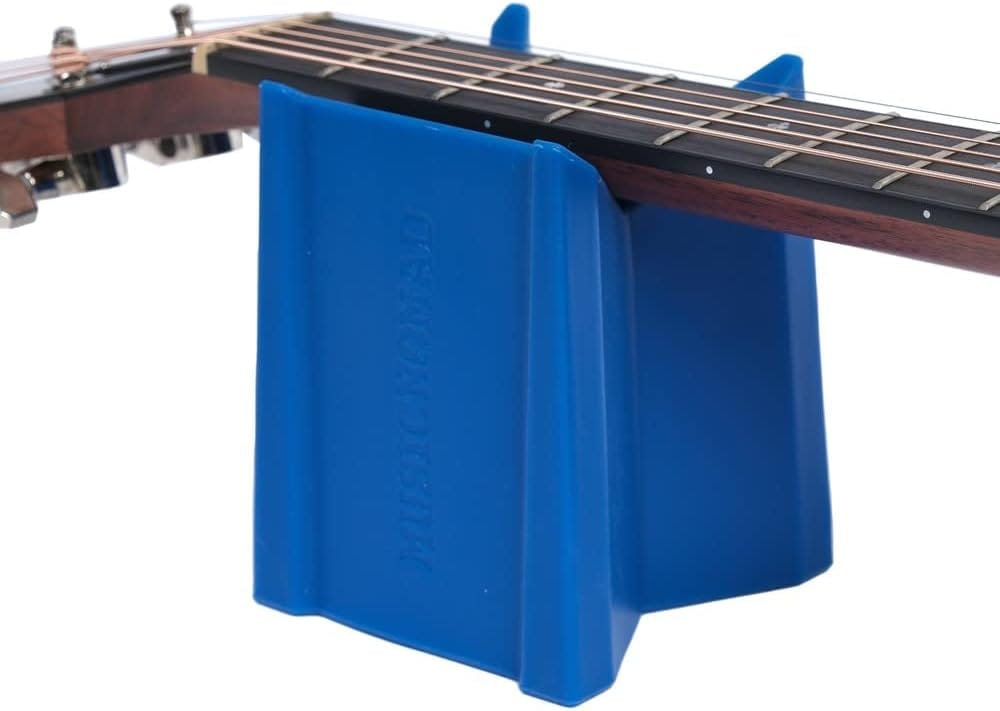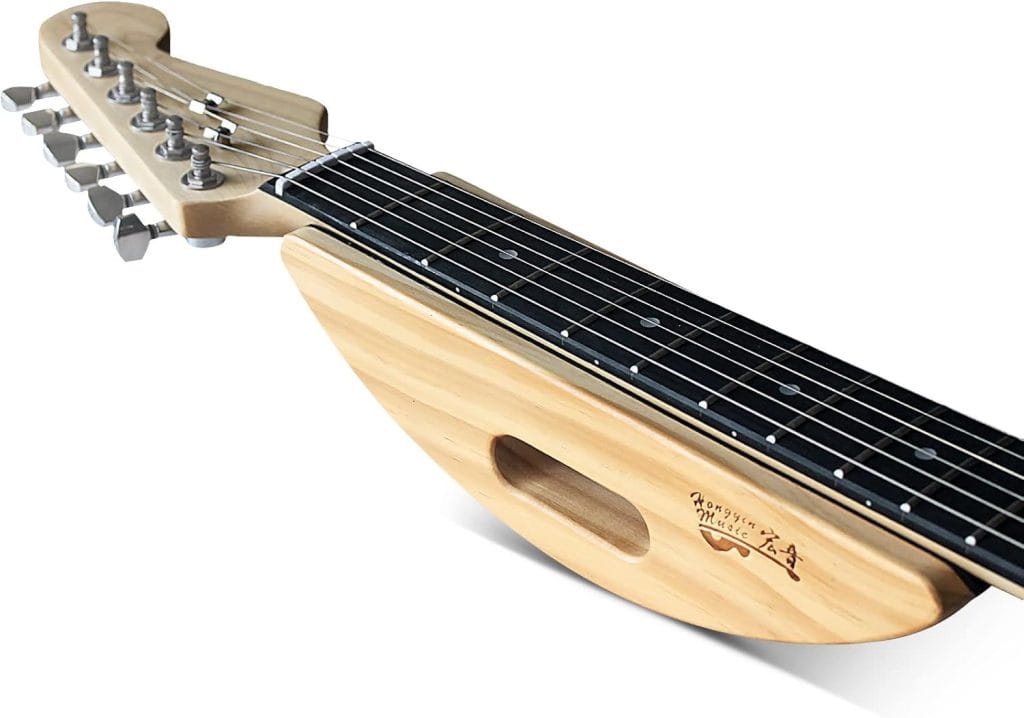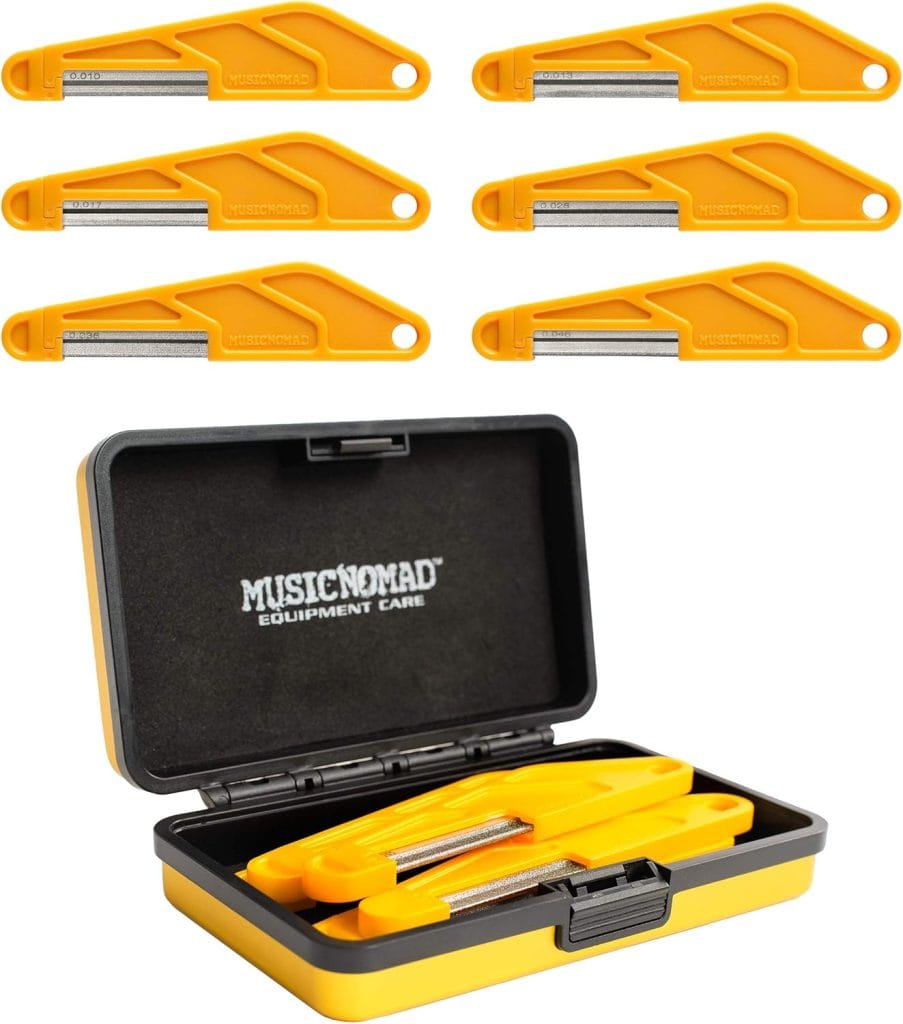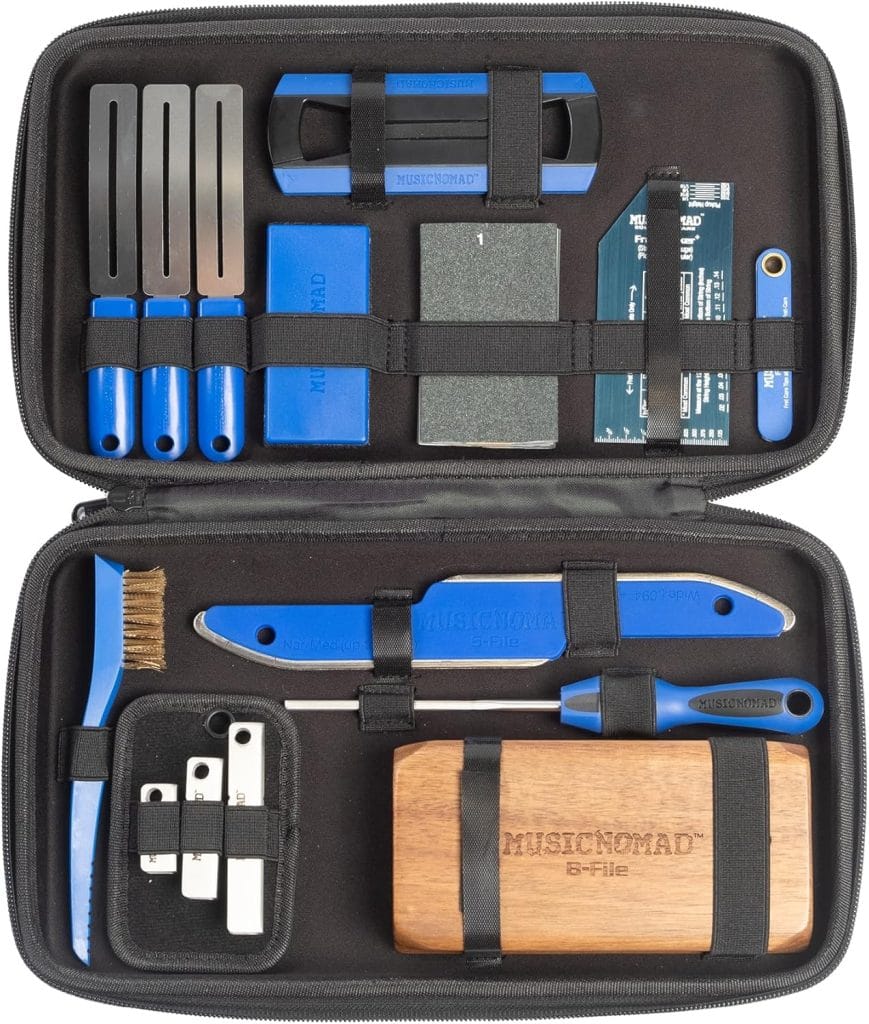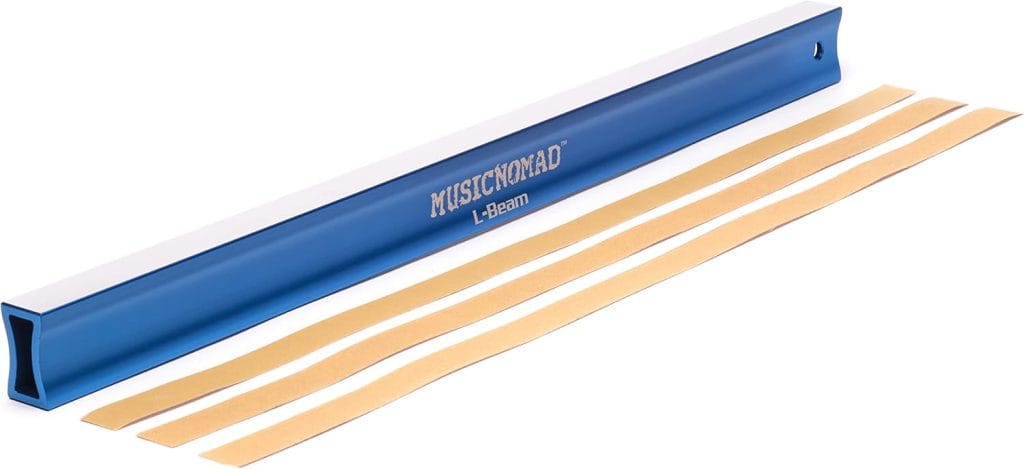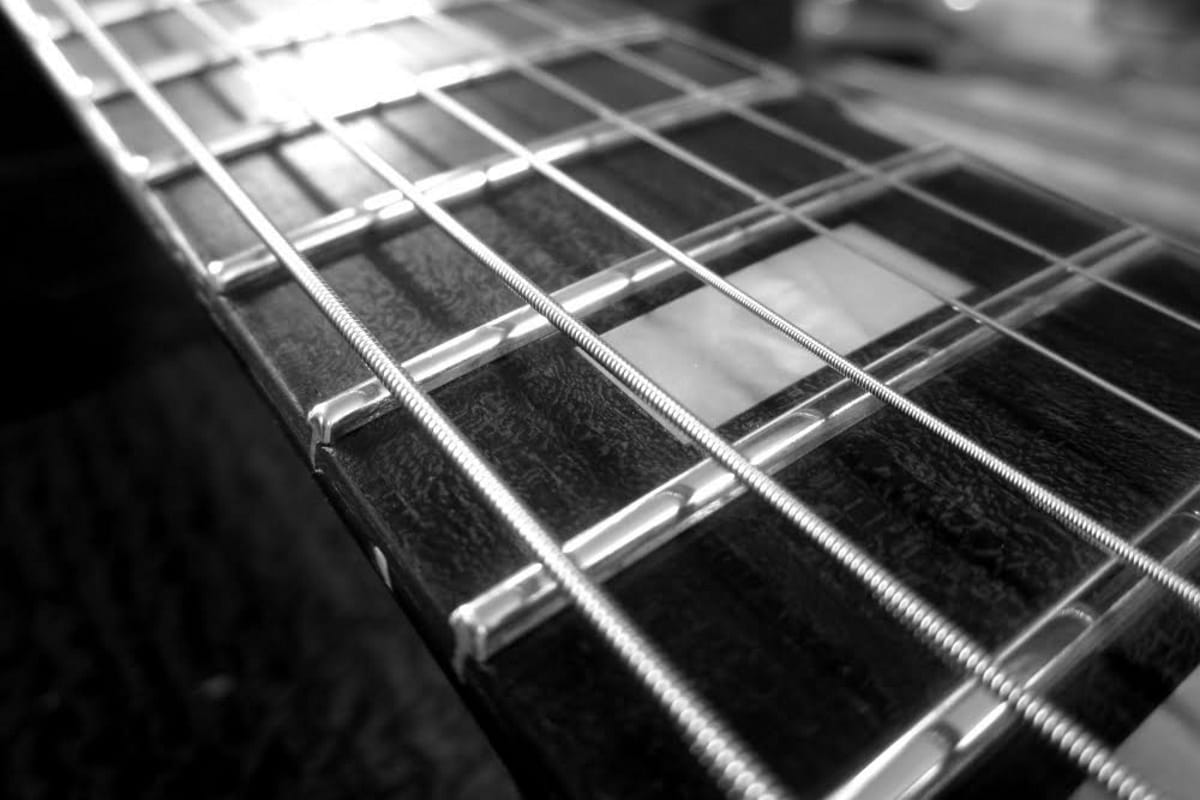Guitar Repair Technician 201 (GRT201): Advanced Fret Levelling, Recrowning & Finish
Precision Fret Work & Neck Dynamics
16 hours – 2 consecutive days – Certificate course
GRT201 is the next step in our Guitar Repair Technician pathway (GRT101 → 201 → 205). Designed for graduates of GRT101 who now want to transform “good” fret jobs into truly professional work, this weekend intensive couples deep neck-behaviour theory with guided hands-on practice. By the end, you’ll understand the workflow, fixtures and feel required for levelling, recrowning and polishing to a flawless standard.
Enrollment
Spaces are limited to ensure maximum instructor interaction. Reserve early to secure your bench.
What You’ll Be Able to Do
Diagnose neck behaviour under string tension and decide what can and can’t be fixed in a levelling job.
Plan & execute precision fret levelling with full-length support jigs and metrology-grade straight-edges.
Recrown, dress & polish each fret so intonation stays centred and bends feel glassy.
Bevel & round fret ends for smooth fretboard edges.
Optimise (or replace) nut slots to match your newly levelled surface.
Explain repair choices to clients with clear inspection sheets and realistic expectations.
- Mastering neck-support theory: cauls, Erlewine-style jigs & tension simulation.
- Mapping relief and twist with feeler gauges, dial indicators & fret rockers.
- Progressive levelling: beam strokes, grit sequencing, spot-vs-full strategies.
- Diamond-file recrowning and micro-mesh polishing for mirror finishes.
- Fret-end aesthetics: safe-edge files, bevel angles & edge burnishing.
- Nut slot depths, widths & break-angles—plus an optional nut-replacement demo.
- Limits of correction: when warped necks require refretting or structural work (preview of GRT205).
- Your guitar (electric) with strings installed
- A second low-end “practice” guitar is highly recommended
- A fresh set of strings (plus a spare) for re-stringing and play-testing
- Pen, pencil, and calculator
- Guitar mat, towel, or rag to protect work surfaces
- Full length neck support — either one full-length caul or multiple individual rests
- Electronic chromatic tuner (pedal, clip-on, or smartphone app)
- 6″ steel ruler marked in 64ths
- 32-blade feeler-gauge set in 0.001″ increments
- Notched straight-edge matched to your scale length
- Fret rocker
- Unused painters brush
- Light tack masking tape
- “Thin” Super Glue & Solvent
- Fine-tip Sharpie
Strongly recommended (or borrow ours in class):
- Fret-levelling beam (full-length) or sanding blocks
- Fret-crowning file(s): diamond, three-corner, or safe-edge style
- Polishing media: Micro-Mesh sheets, steel wool, or polishing sticks
- Fret-end dressing file(s) for bevels and edge rounding
- Nut shaping tools: gauged nut files, slotting saws, sanding blocks, mini-chisels
Note: If you don’t yet own the fret-specific tools, we keep class sets on hand, but having your own speeds up the practical session and lets you continue practising immediately after the course.
Recommended tools (Amazon links):
